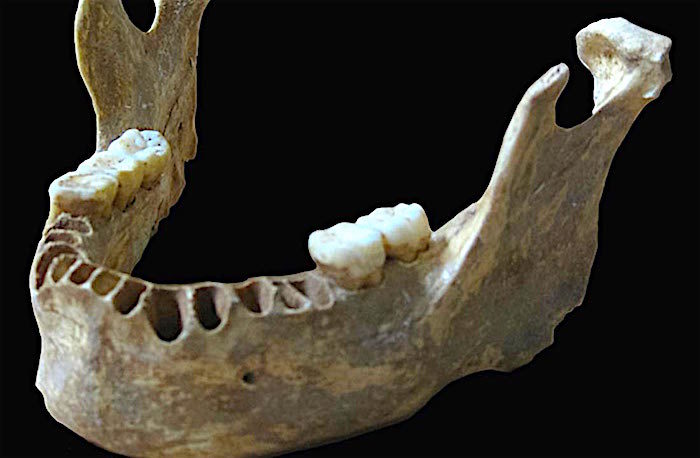A jawbone from a man who lived 40,000 years ago reveals that six to nine percent (up to 11 percent) of his genome is Neanderthal, the highest amount ever found in a modern human specimen, reports Discovery News . This amazing find indicates that a Neanderthal was in his family as close as four generations back in his family tree-potentially his Great-Great Grandfather.
Modern individuals of European and Asian heritage have Neanderthal DNA in their genomes. But experts debate when this blending occurred, where, and whether Neanderthals were pressed into extinction by modern humans, or were assimilated through interbreeding, adoption, or raids.
- Neanderthal child remains found in Catalonia Cave
- 50,000-year-old Skull May Show Human-Neanderthal Hybrids Originated in Levant, not Europe as Thought
- New study suggests Neanderthals never went extinct
"The genome they sequenced from the samples was incomplete, but it was enough for the scientists to conclude that between 6% and 9% of Oase 1's genome is Neanderthal in origin. People living today have 4% at most," reports National Geographic .
For more of this article, go here.
Text




Reader Comments
to our Newsletter